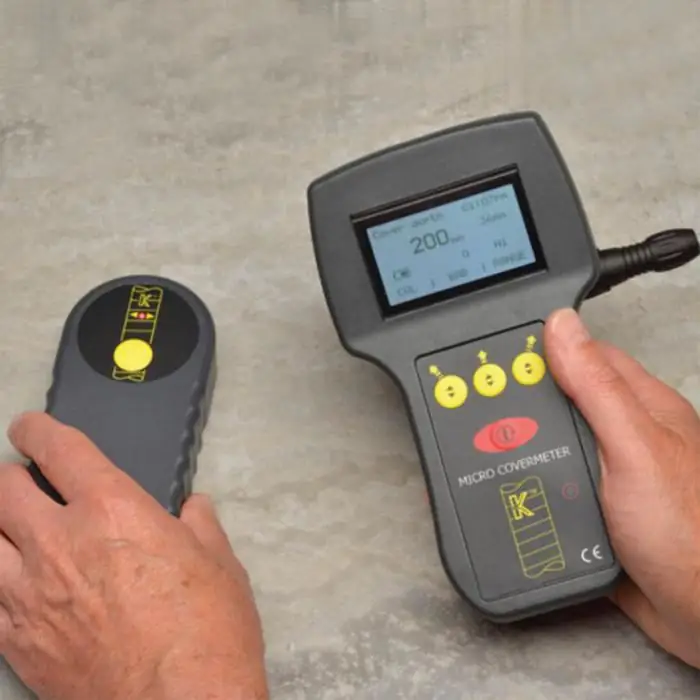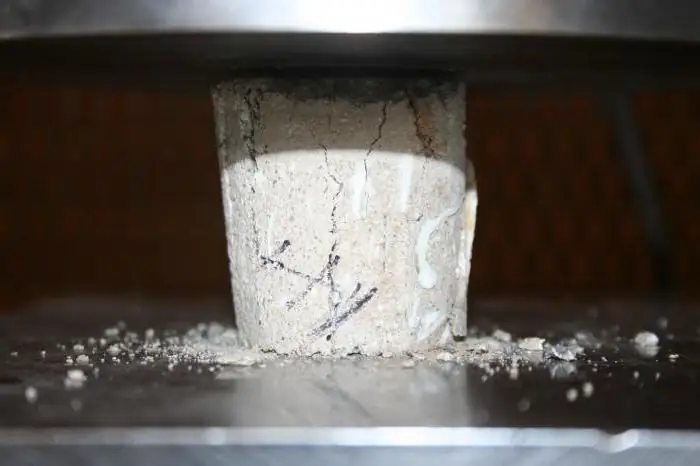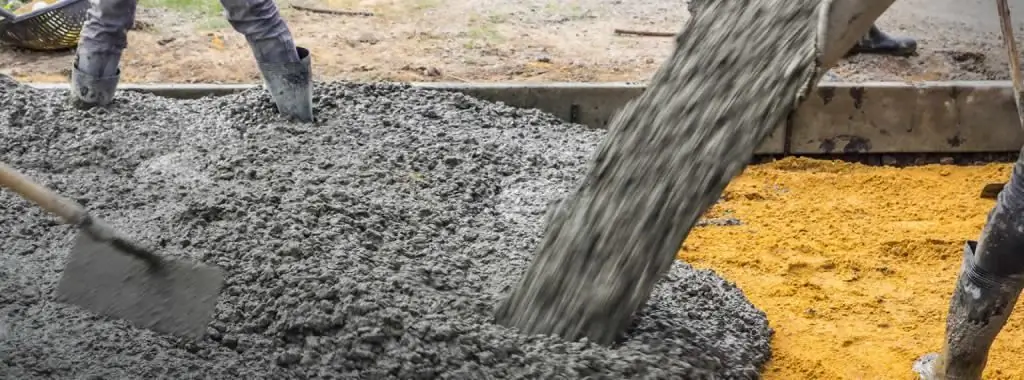2026 Author: Howard Calhoun | [email protected]. Last modified: 2025-01-24 13:10:28

In modern construction, of course, modernized materials are also used. Various mixtures, plasters, composites. Particular attention is drawn to the materials used for the construction of walls and ceilings of buildings. Traditional bricks are being replaced by lightweight concrete. What are they? What are their technical specifications? Will the tenants of future houses be allowed to freeze in winter? In the summer? Will they let me languish in the heat? Let's try to figure it out.

The first time a mixture of cement, large porous aggregates, sand and water was tested at the end of the nineteenth century. But it began to be used in construction much later. Already in the twentieth century. Lightweight concrete appeared decades later. Its difference from the previous species is the specific gravity. Speaking in technical terms, it should be no more than one thousand eight hundred kilograms per cubic meter. Only then is concrete considered light. To achieve this technical property allows the presence of expanded clay or slag in the composition. Accordingly, such types are called: expanded clay concrete or cinder concrete. But here you can also include excellent in production, but with similarqualities polymer concrete, foam concrete, polystyrene concrete, aerated concrete. Why are they produced and where are they used? Most often, lightweight concrete is a component of floor slabs for basements, first floors of buildings, attics. This is explained by the fact that such partitions are heat-intensive and, accordingly, save energy costs.
From the usual heavy lightweight concrete is distinguished by high porous qualities, low weight, heat saving. These types of building materials are indispensable in the construction of high-rise buildings. Lightweight concretes on porous aggregates, of course, are inferior in strength qualities. The issue is easily resolved. They are improved by introducing reinforcement into the design.

Lightweight concrete has recently become widespread in private construction. This is natural, due to the cost of such material. According to their tasks in such works, lightweight concrete is divided into two types. The first is a material for load-bearing walls with porous fillers with a specific gravity of over one thousand four hundred kilograms per cubic meter. Such concrete is called "constructive". Another type and, accordingly, the brand is heat-insulating. The name speaks for itself. Used in the construction of non-load-bearing walls. The weight of such material does not exceed five hundred kilograms per cubic meter.
Building walls are not the only application for lightweight concrete. They have proven themselves well when pouring decorative forms. This was facilitated by high plastic qualities. And the light weight made concrete competitive in the production of decorative products with heavy gypsum. columns, pilasters,rustication, cornices from the hands of masters come out surprisingly elegant and original.
Lightweight concrete, whose GOST meets all standards, is an excellent solution for private construction, the manufacture of fences, fences and other structures that require design intervention.
Recommended:
SRO approval in design. Self-regulatory organization in the field of architectural and construction design. Non-Profit Organizations

Specialists in various fields, start-up and existing entrepreneurs, as well as civil servants will definitely face such a definition as SRO. What is it and how is it related to construction and design? You can find out more in this article
Concrete strength meters. Concrete testing methods

When constructing buildings and structures, it is very important to monitor the strength of concrete. For this, special devices are used. Measurement parameters can vary quite a lot
Concrete lawn grid - the solution to the problems of the city

Because of the lack of sufficient parking spaces, not only car owners suffer, but also pedestrians. The use of lawn trellises can solve these problems, and at the same time they will beautify the urban landscape
Determination of concrete strength: methods, equipment, GOST. Control and evaluation of concrete strength

When checking building structures, the determination of the strength of concrete is carried out to determine their state at the current time. Actual performance after the start of operation usually does not match the design parameters
Concrete mix: properties, composition, types, grades of concrete, characteristics, compliance with GOST standards and application

Among the main properties of the concrete mixture, which is also called hydrotechnical concrete, it is necessary to highlight the increased water resistance. Buildings are being built from this material to be used in swampy areas or in regions that are prone to flooding

